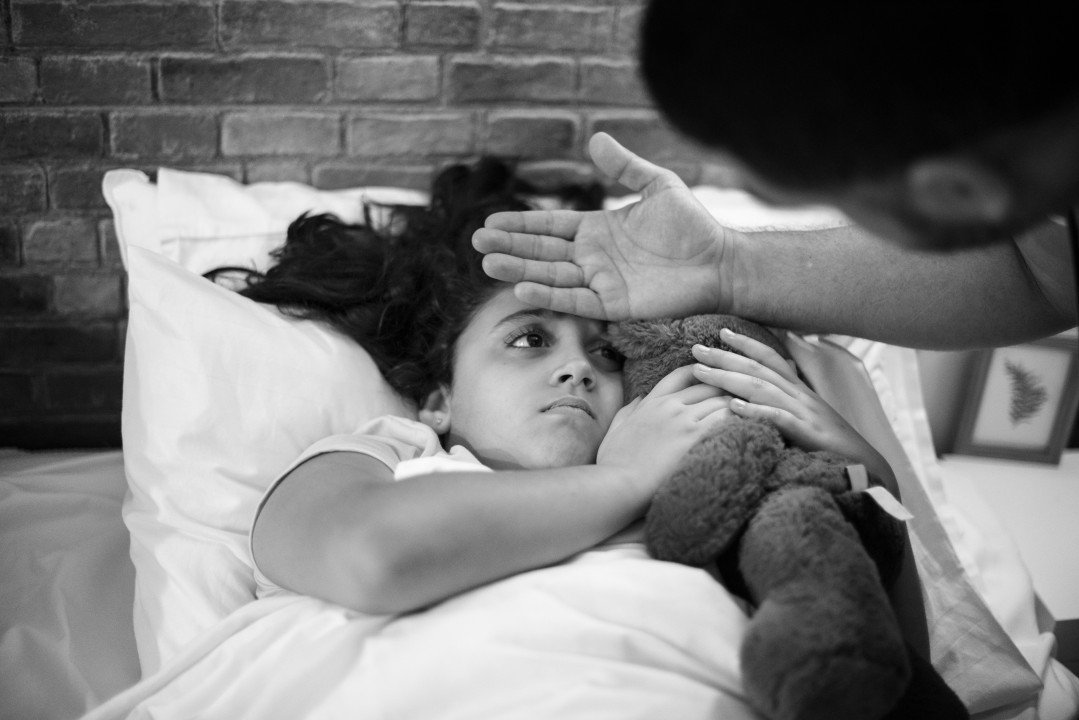My hope for the future: timely and efficacious care for all
25 years ago, my older sister Rochelle was studying in Mumbai, India. On her first day of classes, she fainted during a lab session and was taken home to rest. Her fainting was downplayed and attributed to the strong chemical smell in the lab – UNTIL she woke up that evening with a fever of 104 degrees, quite delirious, and began banging her head against the wall. I was a child then, and terrified. We panicked and rushed her to our family doctor who recommended she return for a blood test the next morning since the diagnostic center was closed. She could barely move by then and refused to return the next day, so the doctor took a blood sample in his office and preserved it to send off the next morning. 24 stressful hours later, she got her results back – she had both malaria and pneumonia and spent the next 45 days on antibiotics and medication recovering at home.
A lot has changed in 25 years.
Today, in an ideal world, my hope is that my sister would be aware that she could and should do a rapid test for malaria from influencers on social media, she would be able to consult with a doctor via telemedicine from the comfort of her home, she would be able to get tested and diagnosed without having to commute to a doctor while running a high fever, and get the medications she needed delivered right to her doorstep.
In today’s world, there are many ways in which technology enables self-diagnostics. Apps for rapid diagnostic tests have become prevalent. When done well, information from these apps can inform an individual of the right steps to take to reduce infectious disease spread in their community or how best to ensure their own recovery. However, most of these apps are created by manufacturers for a narrow purpose – like measuring blood sugar levels of a diabetic patient.
When I joined Audere in early 2022, I was (and am) excited about our impactful work in diagnostics. Unlike many products on the market, we focus on flexible solutions that support multiple tests, conditions, and use cases. This enables organizations and governments to improve the quality and richness of their testing programs and data.
Most diagnostic tests and testing programs consist of a few shared elements that form the basis of these flexible solutions. And each of these elements is uniquely important:
First; simple, consistent, easy to follow instructions that can be downloaded to an app or WhatsApp chatbot when needed.
Second; the ability to capture and accurately interpret test results in an accessible way on smartphones common in low-and middle-income countries.
Third; connection to the right local care resources for continuation of care once users have their test results.
AND last; give organizations and governments valuable insights into usage of tests, disease spread patterns, and quality control via powerful AI algorithms.
Testing programs and efforts will need one or more of these elements in different capacities since environments, needs, and problems vary widely across the world. Our vision is a world where digitally powered diagnostics can be effectively and easily deployed at scale, particularly in low-and middle-income countries, to drive informed disease surveillance and interventions. When done effectively, this strengthens health systems and supports future pandemic preparedness.
My vision is a world where individuals like my sister Rochelle can have access to more options for timely, cost effective, and efficacious care - wherever they may be.

